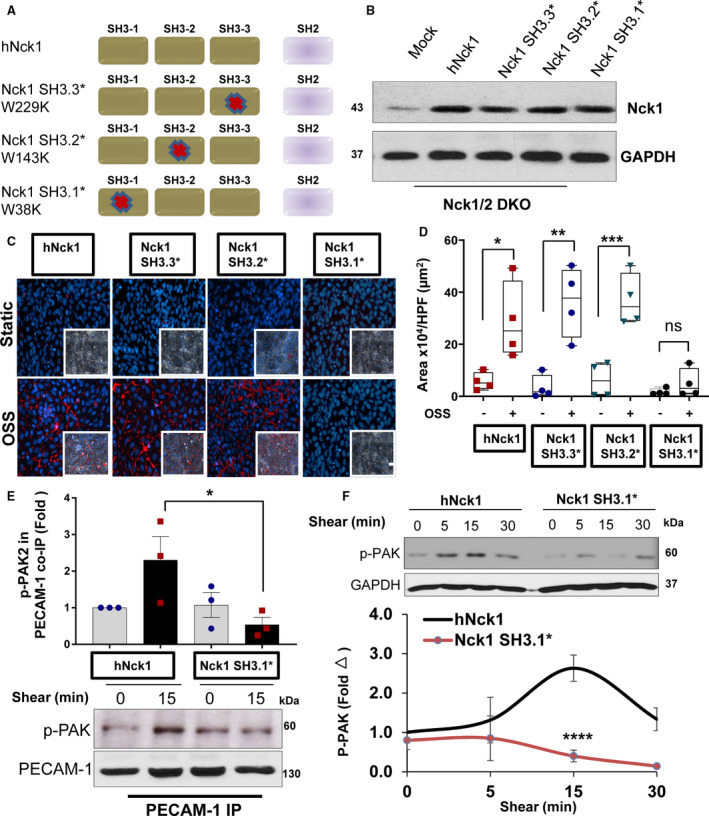Figure 6. Nck (noncatalytic region of tyrosine kinase) 1 first SH3 domain regulates PAK2 (p21‐activated kinase 2)‐induced endothelial permeability.

A, Schematic of Nck1 point mutations in each of the SH3 domains and the nomenclature used to inactivation of SH3 domains. B, Lysates from human aortic endothelial cells (HAECs) transiently transfected with Nck1 variants with inactivated SH3 domains. C and D, Flow‐induced permeability using biotinylated gelatin/Alexa 647‐streptavidin assay. 4′,6‐Diamidino‐2‐phenylindole (blue; nuclei), phalloidin (green; F‐actin fibers), and streptavidin (red; exposed biotinylated gelatin) Images analyzed using NIS‐Elements software from n=4. Scale bar=200 μm. Data were reported as box and whiskers with scatter plots and analyzed by Kruskal–Wallis test (*P<0.05,**P<0.01, ***P<0.001). E, Lysates and graphical quantifications from HAECs Nck1/2 double knockout (DKO) transiently transfected with either hNck1 or Nck1 SH3.1* and were immunoprecipitated for PECAM‐1 (platelet endothelial cell adhesion molecule‐1). Blotted for phospho‐PAK2 S141. F, HAECs Nck1/2 DKO either transfected with hNck1 or Nck1 SH3.1* were lyzed after shear stress exposure (0–30 minutes) and immunoblotted for phospho‐PAK2 S141 and GAPDH served as a loading control. Data are from n=3‐4, expressed as mean±SEM, and analyzed by 2‐way ANOVA and Bonferroni posttest (*P<0.05,**** P<0.0001).
